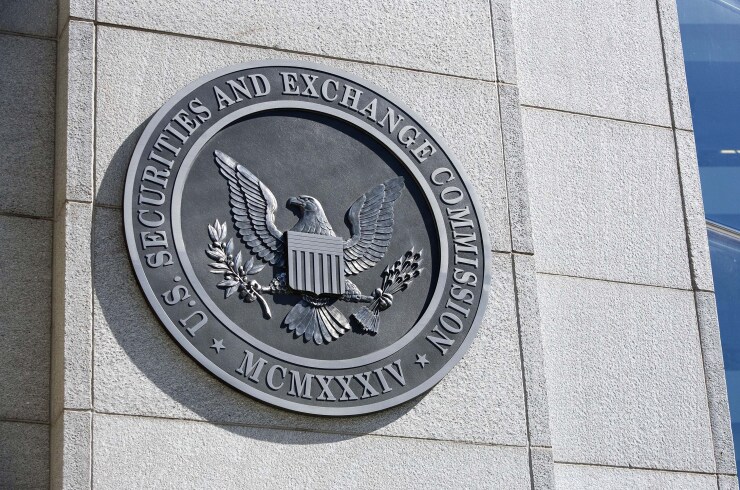The Securities and Exchange Commission voted to approve a new standard for audit confirmations from the Public Company Accounting Oversight Board that updates a decades-old existing standard to recognize the use of technology for electronic confirmations.
The PCAOB voted to adopt the audit confirmation standard in September. The new standard reflects the many changes in technology, communications and business practices since an interim standard was first adopted by the PCAOB in 2003 back when it was established under the Sarbanes-Oxley Act of 2002. The PCAOB inherited the standard from the American Institute of CPAs, and it was originally issued by the AICPA back in 1991, before most people — much less auditors — began using the internet.
“We thank our SEC colleagues for their review and approval of the PCAOB’s new standard on the auditor’s use of confirmation,” said PCAOB chair Erica Williams in a statement Friday. This new standard will help protect investors, as audit procedures that involve the use of confirmation are part of nearly every audit, and confirmation can be a vital tool to help auditors detect fraud. The new standard, which replaces a standard that had not been significantly updated in 20 years, is also a big step forward as the board continues to execute its strategic goal of modernizing PCAOB standards.”

Joshua Roberts/Bloomberg
The new standard sets principles-based requirements to stay relevant as technology evolves by applying to various methods of confirmation, including electronic and paper-based communications. The new standard will also integrate better with the PCAOB’s risk assessment standards. Among its main provisions, the new standard includes a new requirement for confirming cash and cash equivalents held by third parties or otherwise getting relevant and reliable audit evidence by directly accessing information maintained by a knowledgeable outside source.
It continues an existing requirement under the older standard when it comes to confirming accounts receivable, while dealing with situations where it’s simply not feasible for the auditor to perform confirmation procedures or otherwise receive relevant, reliable audit evidence for accounts receivable by directly accessing information maintained by a knowledgeable external source.
However, the new standard says the use of negative confirmation requests alone does not provide sufficient appropriate audit evidence. It stresses the auditor’s responsibility to maintain control over the confirmation process and says the auditor is responsible for selecting the items to be confirmed, sending confirmation requests, and receiving confirmation responses. It also specifies situations in which alternative procedures should be performed by the auditor.
The new standard will take effect for audits of financial statements for fiscal years ending on or after June 15, 2025.




